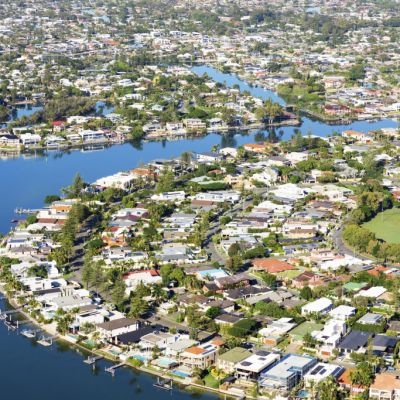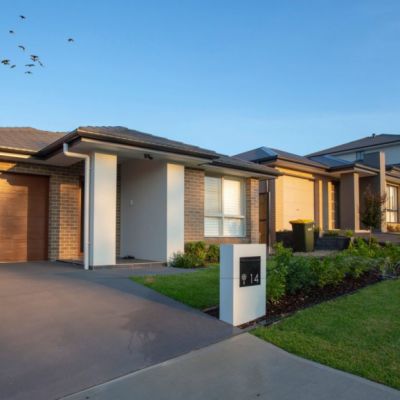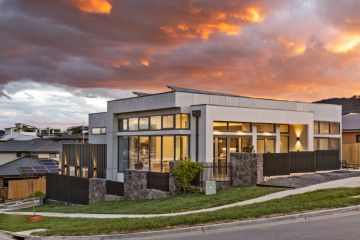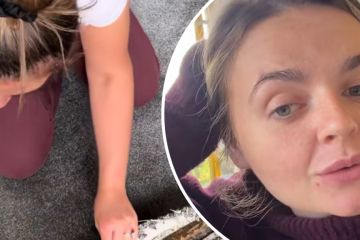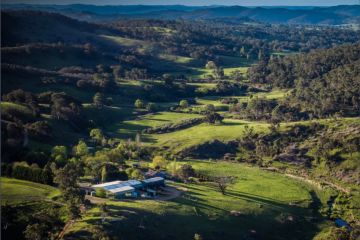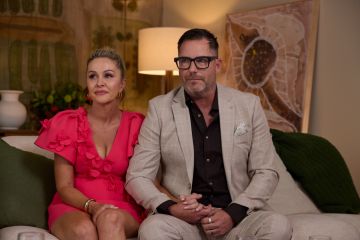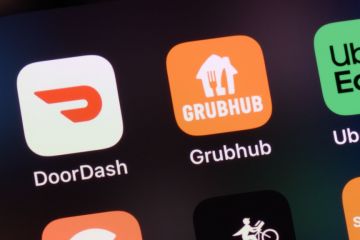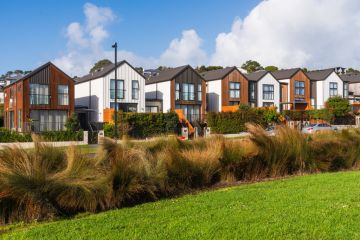The sub-$1m Melbourne suburbs with an election perk

First home buyers would find more than 100 Melbourne suburbs within reach if they hoped to purchase using either of the Victorian major parties’ assistance schemes, new analysis shows.
Home buyers can purchase up to a cap of $950,000 through a recently extended state government co-buying program that reduces loan sizes, while the opposition has a $1 million cap for its promise to scrap stamp duty for first-time buyers.

The cost of living, including the cost of housing, is a key issue in the state election, voters have told The Age as part of the Victoria’s Agenda project.
Melbourne’s median house price is $1.028 million as of the September quarter, Domain data shows.
There are 160 Melbourne suburbs where the median house price is $1 million or less, of which 146 are at $950,000 or less. For apartments, every suburb has a sub-$1 million median except Brighton.
The typical house costs seven figures or just below in outer eastern suburbs such as Greensborough and Yallambie, or Ringwood and Ringwood East. Further south, Mulgrave and Chelsea Heights are in a similar bracket, as are the inner west’s Footscray and Maribyrnong.
With a budget of $950,000, buyers might look northeast to Watsonia or Heidelberg Heights, southeast to Clayton, further south to Chelsea or west to West Footscray.
The state government has extended its Victorian Homebuyer Fund, which lets buyers purchase with a low 5 per cent deposit. The government buys a stake of up to 25 per cent in the home, reducing the owners’ loan size and mortgage repayments or extending their house hunt to more expensive properties. It is also open to people who owned previously.
The opposition would lift the stamp duty exemption for 12 months to first home buyers purchasing properties up to $1 million. First time buyers of homes up to $600,000 are exempt from stamp duty now, and there are discounts up to $750,000.
Domain chief of research and economics Dr Nicola Powell said caps in line with the expensive median house price were a logical approach that would offer better outcomes for buyers than a $600,000 limit.
“It is a balance between opening up opportunities of where you can find a property, versus not encouraging people to overleverage,” she said.
“If they had it much higher there is a chance it could create greater risk, particularly given interest rates have moved so aggressively.”
But support for buyers could bring more people to the market sooner and put upward pressure on prices for entry-level properties, she said, adding that more supply of homes was necessary to address affordability.
Buyers hoping to spend less could find a typical home under $900,000 in a string of pockets in the east (Croydon, Ferntree Gully, Boronia, Lilydale, Belgrave), south (Frankston, Carrum, Dandenong, Narre Warren), north (Bundoora, Reservoir, Hadfield, Pascoe Vale) or west (Sunshine, Maidstone, Braybrook).
Brent Earney, director of Professionals Methven in Croydon, said first home buyers in his area are not usually spending up to the $950,000 or million-dollar level.
“That is a truckload of money for a first home buyer,” he said.
They are more likely to spend between $500,000 and $850,000, he said, a range that spans apartments to move-in ready, if original, three-bedroom houses.
OBrien Real Estate Frankston’s Mark Burke said most entry-level buyers there did not spend seven figures.
“You could buy a really nice home in Frankston or Frankston North [for that budget],” he said.
“Crikey, you could buy a four-bedroom, two bathroom home that was fully renovated.”
Many first time buyers spent between $550,000, for a three-bedder in Frankston North, to $800,000, for something larger in Frankston, he said.
First-home buyers Colleen Stevens, 31, and her husband Daniel Webb, 32, were proud to be able to purchase their first home this September in Boronia, and are expecting a child soon.

They found house hunting an overwhelming experience and turned to mortgage broker Luke Rowland of Axton Finance who explained the schemes on offer.
The couple was aware of the Labor government’s Victorian Homebuyer Fund, but had reservations.
“We felt we had enough of a deposit to do it [purchase] on our own. If so, why would we want the government to have equity in our home?” Stevens said.
The Liberal party’s pledge for stamp duty relief was announced later, and Stevens thinks it has value.
“It would have helped us and other people who save and purchase property without necessarily needing government support to do that,” she said.
We recommend
We thought you might like
States
Capital Cities
Capital Cities - Rentals
Popular Areas
Allhomes
More
